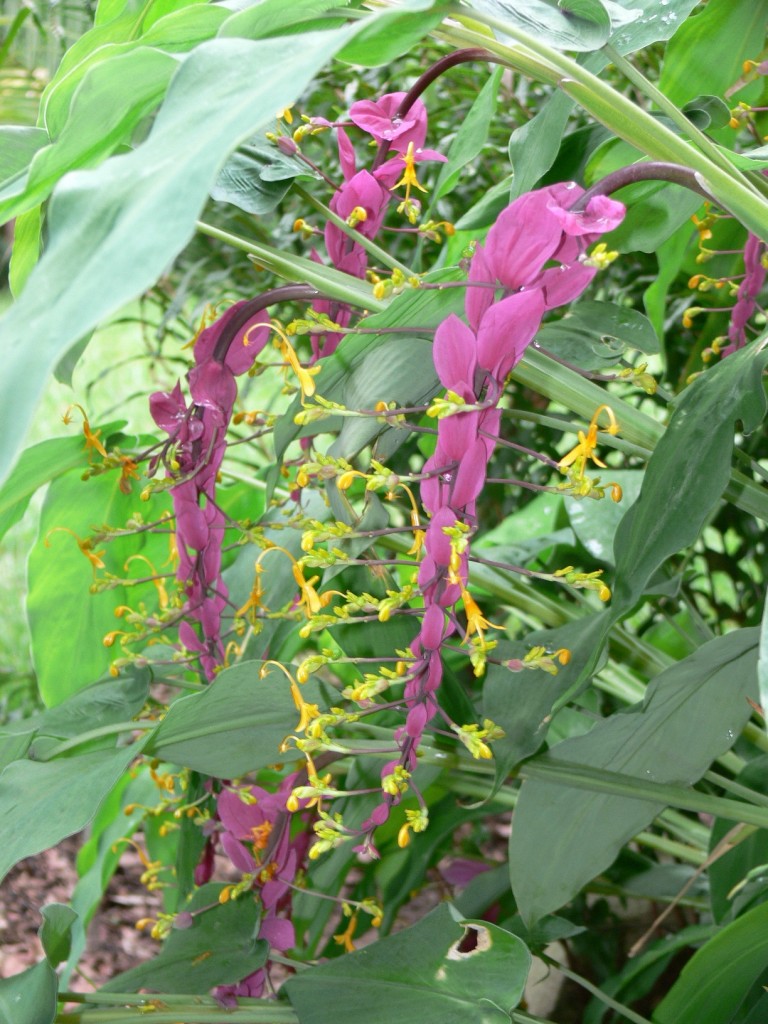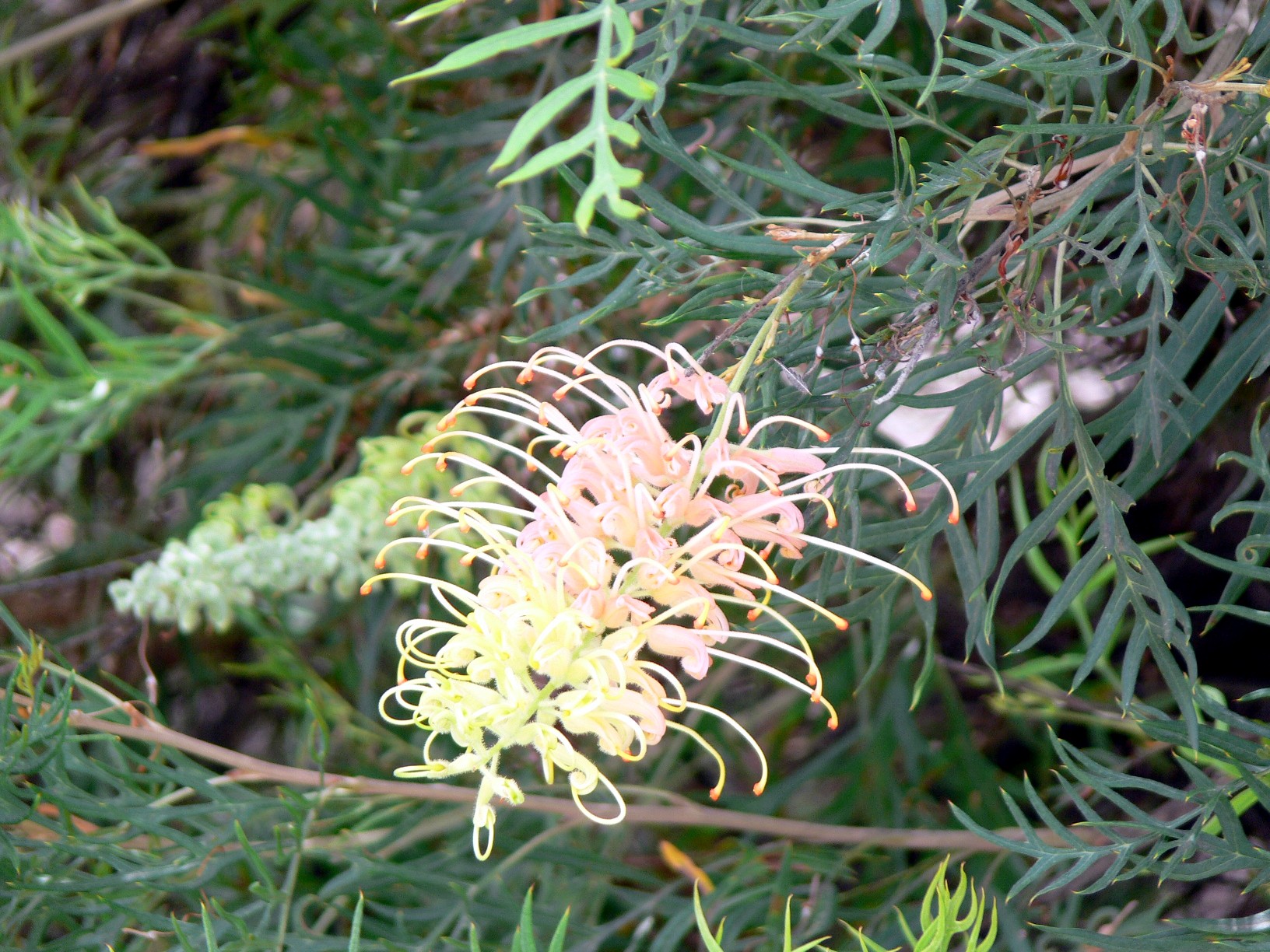Plant Directory
Tropical Ginger (Globba)
As summer approaches each year, I eagerly await the appearance of my tropical gingers around the garden. Plants which come under this title are the ideal replacement for the cool climate bulbs which often don’t survive more than one wet season. Tropical gingers, however, revel in the hot, wet soil of our summer and autumn.
The genus Globba has an unfortunate name, though when you get to meet the flower, the name looses its impact. They are a member of the ginger family, Zingiberaceae. There are about 35 species of them and many cultivars giving variations of shade and size.
All Globbas die back during the dry, cooler months. Over winter they store their energy in rhizomes and will spring back with vigour when the soil temperature rises in spring. In general they will grow up to 600mm tall and prefer part shade at the edge of garden beds.
The flowers are borne on a pendulous inflourescence. They are a small hook shaped structure, which lasts for a day or so. While these are interesting in their own right, the showiest parts of the flowering structure are the bracts which can last for months and range in colour from magenta through to white.
Some species, such as Globba schomburgkii, produce a bulbil after the flower drops. The bulbils are about 1-3mm in length and will result in many new plants around the old plant the following summer. These species will quickly colonise parts of your garden and may become a pest if you are not a diligent gardener.
Non- invasive varieties reproduce by rhizome expansion, staying in easy-to-maintain clumps. The hardiest of these is G. winitii, with cultivars such as Dancing Girl, White Dragon and Princess Kim. They never stop multiplying in my garden no matter how much I neglect them. As a cut flower they cannot be beaten. Stems picked in late summer will last 2-4 months inside, even throwing out roots for next summer.
One way to ensure dry conditions over winter is to grow them in containers. When they die back, tip the container on its side behind the garden shed, then re-pot and re-fertilise in mid spring. Even if you experience a wet winter, the rhizome will get no more water than it needs to survive.
Globbas will survive with little love in reasonably rich soil. Dig in a good amount of compost when planting or replanting. I usually go around the garden soon after they pop their heads up and throw a handful of general purpose fertilise around the plant. Don’t throw it onto the plant as the fertiliser may burn and rot the rhizome.
The hardest thing is remembering where you planted them so that you don’t fill in an empty spot in the garden during the winter.




